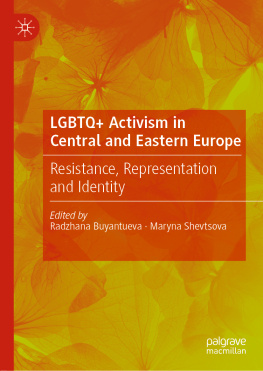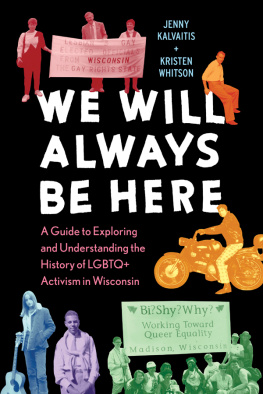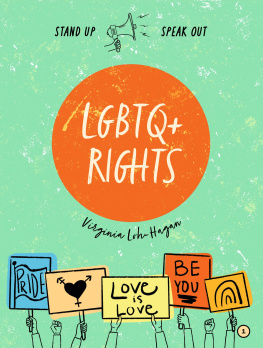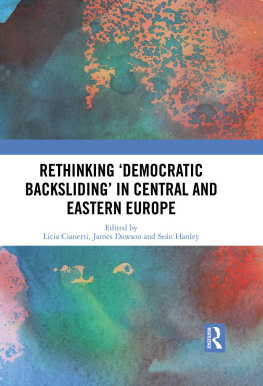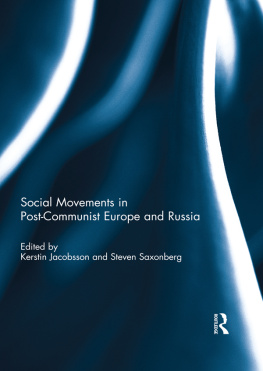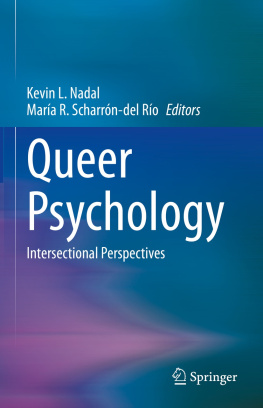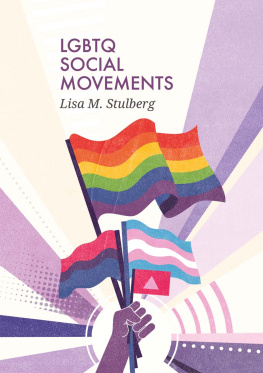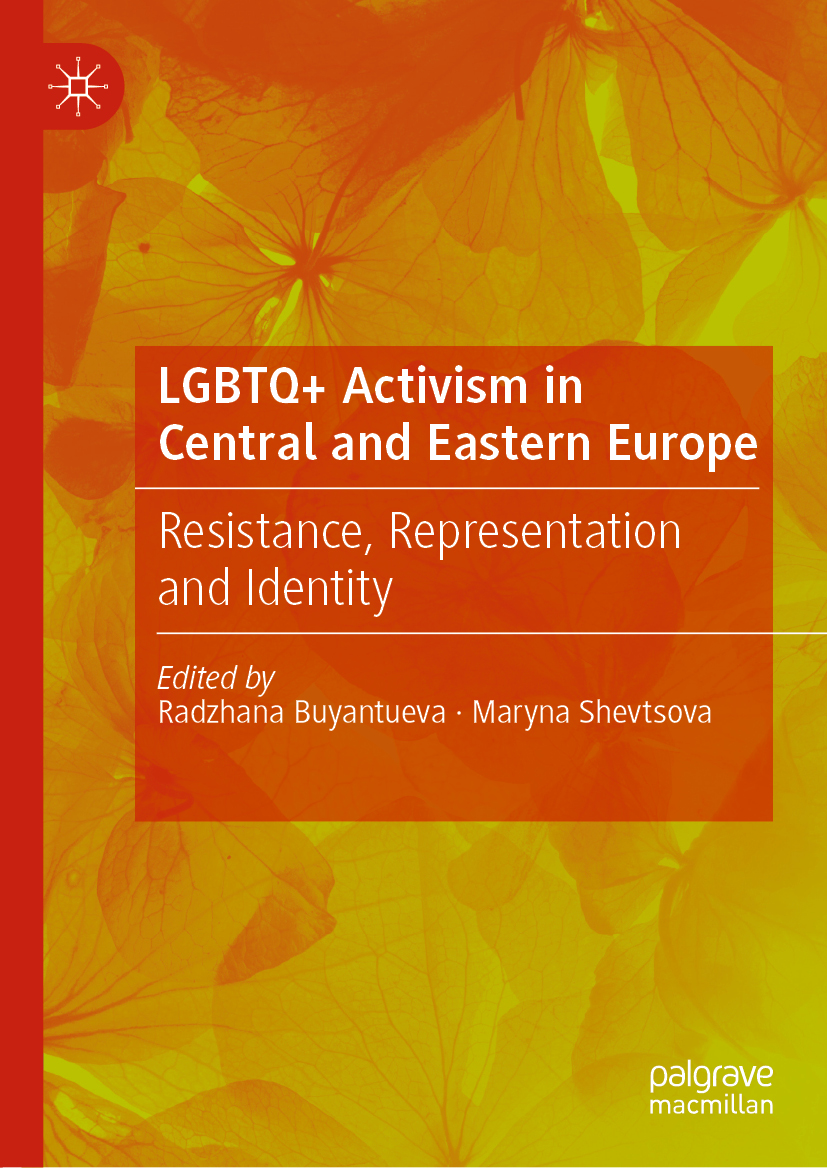Editors
Radzhana Buyantueva
Newcastle upon Tyne, UK
Maryna Shevtsova
Gainesville, FL, USA
ISBN 978-3-030-20400-6 e-ISBN 978-3-030-20401-3
https://doi.org/10.1007/978-3-030-20401-3
The Editor(s) (if applicable) and The Author(s), under exclusive license to Springer Nature Switzerland AG, part of Springer Nature 2020
This work is subject to copyright. All rights are solely and exclusively licensed by the Publisher, whether the whole or part of the material is concerned, specifically the rights of translation, reprinting, reuse of illustrations, recitation, broadcasting, reproduction on microfilms or in any other physical way, and transmission or information storage and retrieval, electronic adaptation, computer software, or by similar or dissimilar methodology now known or hereafter developed.
The use of general descriptive names, registered names, trademarks, service marks, etc. in this publication does not imply, even in the absence of a specific statement, that such names are exempt from the relevant protective laws and regulations and therefore free for general use.
The publisher, the authors and the editors are safe to assume that the advice and information in this book are believed to be true and accurate at the date of publication. Neither the publisher nor the authors or the editors give a warranty, expressed or implied, with respect to the material contained herein or for any errors or omissions that may have been made. The publisher remains neutral with regard to jurisdictional claims in published maps and institutional affiliations.
Cover illustration: Maram_shutterstock.com
This Palgrave Macmillan imprint is published by the registered company Springer Nature Switzerland AG
The registered company address is: Gewerbestrasse 11, 6330 Cham, Switzerland
Foreword
All of us working on LGBTQ+ politics understand the importance of giving voice to scholars and activists who are local to the communities they study, yet often little effort is made to elevate those voices. Radzhana Buyantueva and Maryna Shevtsova have done just that in this volume on the activism and experience of LGBTQ+ people in Central and Eastern Europe countries and the Baltic states. They problematize the import of Western ideals and norms into the post-socialist space and highlight the specificity of LGBTQ+ identity and experience across contexts and states. Their efforts refine existing knowledge and shed light on the sometimes overlooked dynamics of the study of contentious politics concerning LGBTQ+ movements.
The overarching goal of the volume is to chart the experience of LGBTQ+ movements in post-socialist European countries. Caught in a complex geopolitical space, including multiple poles of external influence and housing states with different histories and ideas around queer people, the countries of this region make a fascinating study of the complexity of championing queer visibility and/or LGBT rights . At the same time, they constitute a part of Europe that is often othered as backward to enlightened neighbors to their West (Chetaille 2013; Kulpa and Mizieliska 2011). Despite these challenges, innovative activists from the region have developed protean methods of brokering the complex and interconnected world we live in, as well as securing a presence in global queer activism more generally. The authors chart this reality by giving voice to activists and scholars who often also have a local positionality in the debate on queer issues in the post-socialist space . Such voices are paramount in any debate on queer politics in the region; this volume brings several together in a productive and fruitful way.
The volume is divided into three parts that chart and problematize (1) the applicability of Western discourses on sexuality and gender identity in post-socialist and post-Soviet countries, (2) the relationship between the state and LGBTQ+ people in these countries, and (3) the emergence and struggles of LGBTQ+ movements in the region. Many of the themes span and cut across the three parts, as in any well-curated volume. The introduction provides a helpful short overview of much of the LGBTQ+ political science literature on Central and Eastern Europe and the Baltic region (for an encompassing overview of such work Europe -wide, see Paternotte 2018), followed by an invitation to discuss the three thematic areas. The rest of the book reflects on the many core debates of the LGBTQ+ politics field, through the lens of countries in the post-socialist space . This helps to broaden and sometimes refine our understanding of a plethora of issues, including the positive and negative implications of visibility (and the recurring necessity and utility of invisibility), the value and over-extension of the concept of homonationalism (and the risk of applying it as universal and without specificity), and the varied underrepresentation of marginalized subgroups within the LGBTQ+ umbrella.
None of this means that the focus on Central and Eastern Europe makes the book irrelevant for scholars working outside the region. There are many synergies, not just in rectifying and/or expanding understandings developed in the West, but also speaking to scholars of other regions. Saed Atshans (forthcoming) important critique of homonationalism in occupied Palestine , for example, links well to various chapters in the book, particularly to Chapter , connects well to critical debates in many contexts, for example, Ashley Curriers (2012) work on (in)visibility in Africa. Many concerns addressed in the book are ones we have to keep thinking about, in the West too, where visibility is more or less available to LGBTQ+ individuals, depending on their relationship to privilege. This has much to do with the differential axes of oppression many queer people face, for example, among queer people of color and migrant communities (Adam 2017; Murib and Soss 2015; Strolovitch 2007). In sum, insights from Central and Eastern Europe also offer theoretically rich ideas for connections across contexts.
Yet, coming from a field that often gives more value in looking at patterns across many casesand there surely is value in thatthe effort to root our knowledge and refine our theories in the careful study of place is also welcome in its own right. We have contributions from scholars of the post-socialist/ post-soviet space , and this book adds to that knowledge by grounding us in valuable case studies. This will help explicate the mechanisms behind the correlations that scholars comparing across many cases have and will continue to chart. We can move forward alongside each other, or within mixed-method studies. There has also been a tendency, largely attributable to the limited room for maneuver in quantitative analyses, to homogenize the post-socialist space in its relationship to LGBT rights , as well as start tracking it only in after the fall of the Berlin Wall, which many scholars have rightly critiqued (e.g., Szulc 2018). This volume further builds on that work.
The tension and difficulty in untangling the local from the external/global/international in the world in which we live ( Europe , of all places, an unusually interconnected region for many reasons) is inherent in much of the volume. The complexity of the insider and the outsider is worthy of careful thought in work on contemporary queer politics. This includes acknowledging the role that activists from Central and Eastern Europe have played in shaping transnational activism and dispelling common notions of them as powerless, weak, or victimized. Their contribution to the work of transnational activism is readily apparent to those doing fieldwork on cross-border activism in Europe (Ayoub and Bauman 2018), or to anyone observing movement conferences organized by international NGOs like ILGA-Europe. Activists in some of the countries of the region are also among the most organized and active in Europe (see ODwyer 2018). Queer activism from Central Eastern Europe is not new; we can look as far back as the 1860s, when the Hungarian Karoly Maria Kertbeny and the German Karl Heinrich Ulrichs coined the term homosexuell in the first place (Takcs 2004). Cross-border interaction has much to do with the complexity of identities (ones that are national and ones around sexual orientation and/or gender identity) and that queerness has brought communities into dialogue across nations and regions for much of the history of organizing around LGBTQ+ politics .

